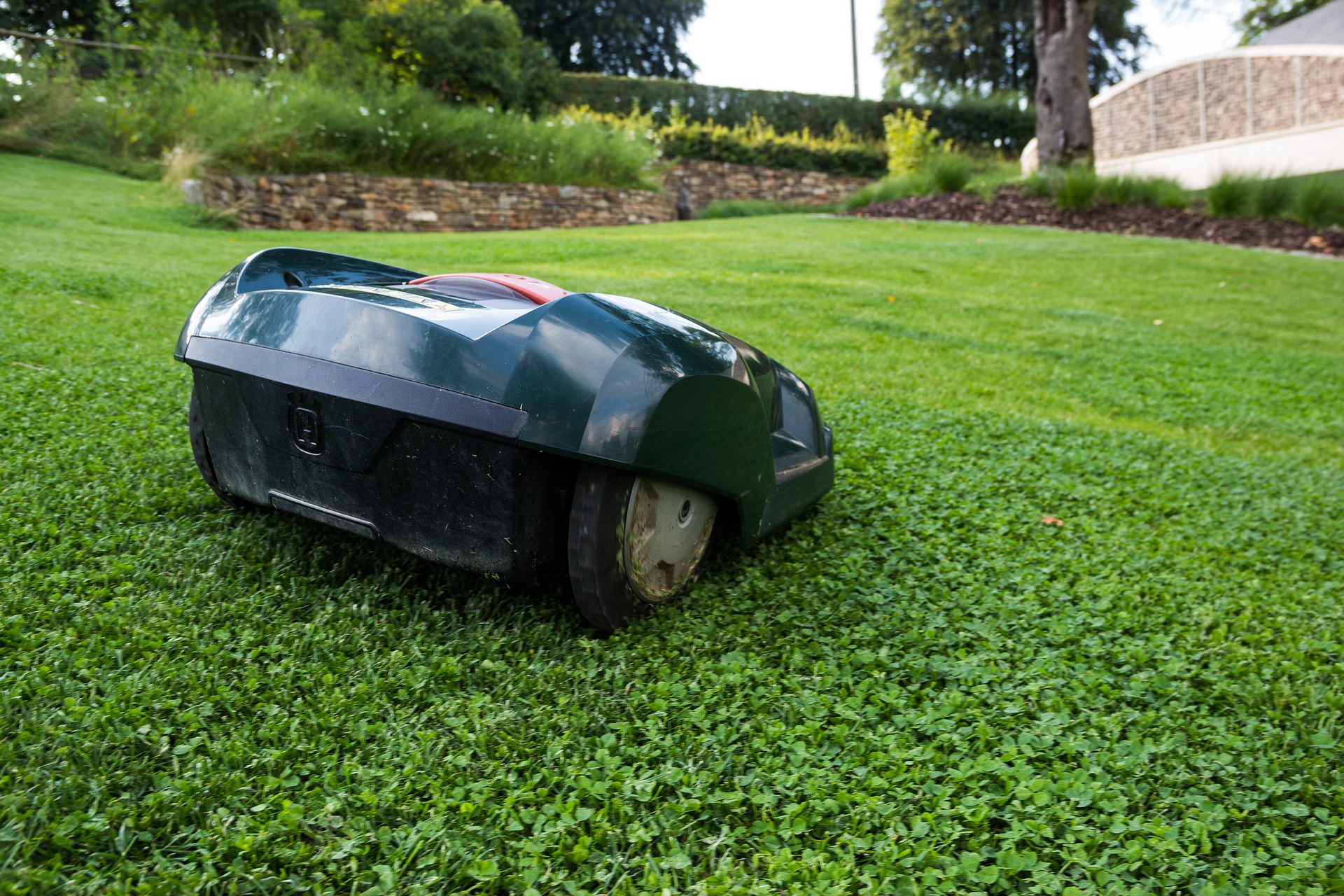Tree Cutting Services in US: Options and Prices for 2025
Tree cutting services remain essential for property maintenance, safety, and aesthetics across the United States. As we approach 2025, homeowners and property managers face evolving options, technologies, and pricing structures when it comes to tree removal and maintenance. Understanding the current market landscape helps consumers make informed decisions about which services best suit their needs and budget while maintaining property value and safety.

Understanding Tree Cutting Service Categories
Tree cutting encompasses various specialized services beyond simple removal. Professional arborists typically offer selective pruning, crown reduction, complete tree removal, stump grinding, emergency services, and land clearing. Each service requires different equipment, expertise levels, and labor hours, directly affecting pricing. In 2025, many companies are expanding their service offerings to include consultation on tree health, preventative maintenance programs, and environmentally sustainable disposal options that convert removed trees into mulch or lumber products rather than sending material to landfills.
How Much Does It Cost to Cut Down a Tree in 2025?
The cost of tree removal varies significantly based on multiple factors. Tree height remains the primary price determinant, with small trees (under 30 feet) typically ranging from $250-$500, medium trees (30-60 feet) costing $500-$900, and large trees (60+ feet) ranging from $900-$2,500 or more. Additional factors affecting price include tree diameter, species, condition, location accessibility, and local market rates. Trees near structures, power lines, or in difficult-to-access locations generally command premium pricing due to increased complexity and risk management requirements.
Factors Influencing Tree Cutting Prices in 2025
Several key variables determine tree service pricing across the United States. Geographic location significantly impacts costs, with urban areas and regions with higher costs of living typically charging 20-40% more than rural counterparts. Seasonal timing also affects pricing, with many companies offering discounts during off-peak seasons (typically late fall and winter in most regions). Tree condition presents another crucial factor - dead, diseased, or structurally compromised trees often require specialized equipment and safety precautions, increasing service costs by 10-30%. Additionally, permit requirements in certain municipalities add both administrative fees and time to projects.
Professional vs. DIY Tree Cutting: Cost Comparison
While DIY tree cutting may appear cost-effective initially, the financial equation becomes more complex when accounting for equipment rental, safety gear, disposal fees, and potential property damage. Professional services typically include comprehensive insurance coverage, proper equipment, trained personnel, and complete cleanup. For small trees and basic pruning, DIY approaches might save 30-50% compared to professional services. However, for medium to large trees or those near structures, professional services offer significant value through risk management and efficiency. Homeowners should also consider that many insurance policies exclude coverage for DIY tree cutting accidents.
Tree Cutting Equipment and Technology Advancements
The tree service industry continues evolving with technological innovations improving safety, efficiency, and environmental impact. Remote-controlled tree cutting robots capable of precision work in hazardous conditions are becoming more common in urban settings. Advanced rigging systems allow for safer removal of sections in tight spaces. Eco-friendly equipment including electric and battery-powered chainsaws, chippers, and stump grinders produce lower emissions and noise pollution. These technological advances generally improve service quality while helping maintain competitive pricing despite rising labor and insurance costs.
Tree Cutting Service Providers and Price Comparison
The tree service industry includes national chains, regional companies, and local independent operators, each with distinct pricing structures and service offerings. When selecting a service provider, considering both cost and qualifications remains essential.
| Company Type | Average Cost Range (60ft tree) | Typical Services | Insurance Coverage |
|---|---|---|---|
| National Chains (Davey, TruGreen) | $1,200-$2,000 | Full-service, 24/7 emergency | $1-2 million liability |
| Regional Providers | $1,000-$1,800 | Standard removal, pruning | $500k-1 million liability |
| Local Independent Operators | $800-$1,600 | Basic removal, variable services | $100k-500k liability |
| Certified Arborist Services | $1,500-$2,500 | Specialized care, consultation | $1-2 million liability |
Prices, rates, or cost estimates mentioned in this article are based on the latest available information but may change over time. Independent research is advised before making financial decisions.
Seasonal Considerations for Tree Cutting Services
Timing significantly impacts both service availability and pricing in the tree cutting industry. Winter months (December through March) typically offer the best pricing with discounts ranging from 10-25% compared to peak season rates. During this dormant period, trees without foliage provide better visibility for arborists, and frozen ground can improve accessibility to certain locations. Conversely, spring and summer represent peak demand periods with premium pricing and longer scheduling delays. Emergency services following storms or natural disasters often command surge pricing 50-100% above standard rates regardless of season. For non-urgent tree work, scheduling during off-peak seasons provides the best value.
Planning for Tree Cutting: Permits and Regulations
Before scheduling tree removal, understanding local regulations remains crucial. Many municipalities have specific ordinances governing tree removal, particularly for heritage trees, protected species, or trees exceeding certain diameter measurements. Permit costs typically range from $25-$100 per tree in most jurisdictions, though some environmentally-focused communities charge substantially more or require replacement plantings. Failure to secure proper permits can result in significant fines, often starting at $500 and potentially reaching thousands of dollars for protected specimens. Professional tree services generally assist with permit acquisition, though this may add administrative fees to the overall project cost.
The tree cutting service landscape continues evolving to meet changing environmental concerns, safety requirements, and property owner expectations. By understanding service categories, cost factors, and regional variations, consumers can make informed decisions when selecting tree services that balance quality, safety, and budget considerations for their specific needs.




